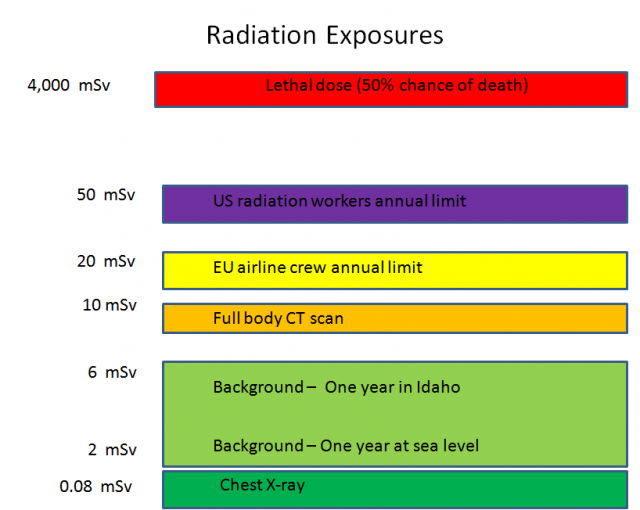Radiation is energy that comes from a source and travels through space and may be able to penetrate various materials. Light, radio, and microwaves are types of radiation that are called nonionizing. The kind of radiation discussed in this document is called ionizing radiation because it can produce charged particles (ions) in matter.
Ionizing radiation is produced by unstable atoms. Unstable atoms differ from stable atoms because unstable atoms have an excess of energy or mass or both. Radiation can also be produced by high-voltage devices (e.g., x-ray machines).
Unstable atoms are said to be radioactive. In order to reach stability, these atoms give off, or emit, the excess energy or mass. These emissions are called radiation. The kinds of radiation are electromagnetic (like light that can be seen using various density filter options for electromagnetic radiation sensor equipment) and particulate (i.e., mass given off with the energy of motion). Gamma radiation and x rays are examples of electromagnetic radiation. Gamma radiation originates in the nucleus while x rays come from the electronic part of the atom. Beta and alpha radiation are examples of particulate radiation.
Interestingly, there is a “background” of natural radiation everywhere in our environment. It comes from space (i.e., cosmic rays) and from naturally occurring radioactive materials contained in the earth and in living things. More from Health Physics Society http://www.hps.org/publicinformation/ate/faqs/radiation.html


